- Empty cart.
- Continue Shopping
Cambuci fruit
Original price was: ₹3,320.00.₹2,380.00Current price is: ₹2,380.00.
Genus : Compomanesia
Indulge in the delightful flavors of the Cambuci fruit with our fruit plant. Originating from Brazil, this small tree bears abundant clusters of bell-shaped fruits that boast a tangy, slightly acidic taste with a hint of sweetness. The Cambuci fruit is prized for its versatility in culinary applications, making it a must-have for fruit enthusiasts and gardeners alike.
Cambuci, also known as Campomanesia phaea or Campomanesia pubescens, is a fruit tree native to Brazil, particularly in the Atlantic Forest biome. The tree belongs to the Myrtaceae family, the same family as guava, jabuticaba, and pitanga.
The cambuci fruit is small, about the size of a large grape or cherry, and typically measures around 2-3 centimeters in diameter. It has a greenish-yellow to yellow-brown skin that covers a juicy, translucent pulp with a slightly tart flavor. The fruit is often used to make jams, jellies, and other desserts due to its unique flavor profile.
In addition to being delicious, the cambuci fruit is also highly nutritious. It is a good source of vitamin C, fiber, and antioxidants, and is believed to have anti-inflammatory and anti-cancer properties.
Cambuci trees are typically small to medium-sized, growing up to 8-10 meters in height. They are relatively easy to grow and can be propagated by seed or cuttings. The trees prefer well-draining soil and can grow in full sun or partial shade. They typically begin to bear fruit after about 3-4 years of growth.
Due to its high nutritional value and unique flavor, cambuci fruit is considered a delicacy in Brazil and is often used in local cuisine. It is also gaining popularity in other parts of the world as a superfood due to its health benefits.


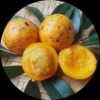
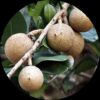

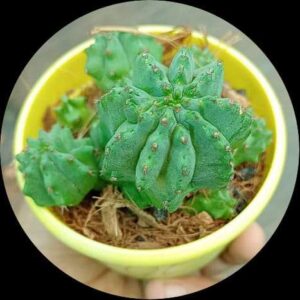

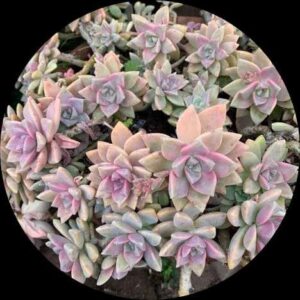
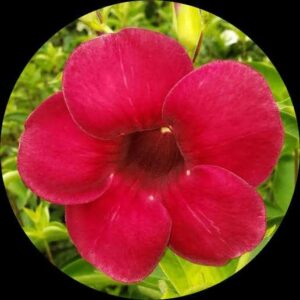
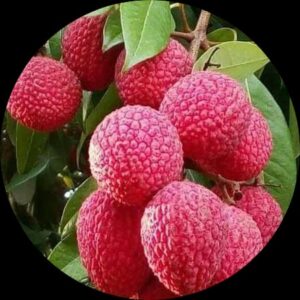
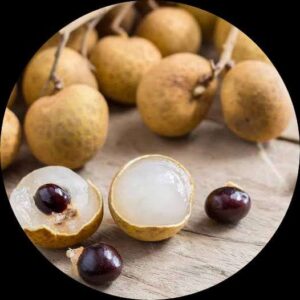


Reviews
There are no reviews yet.